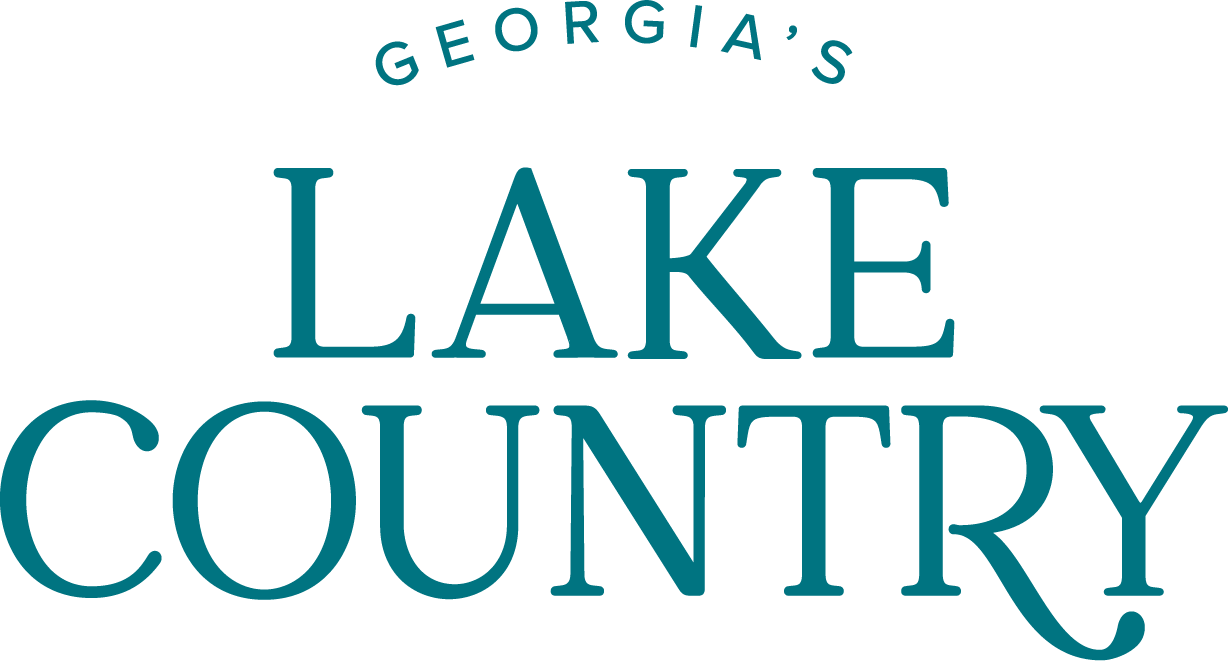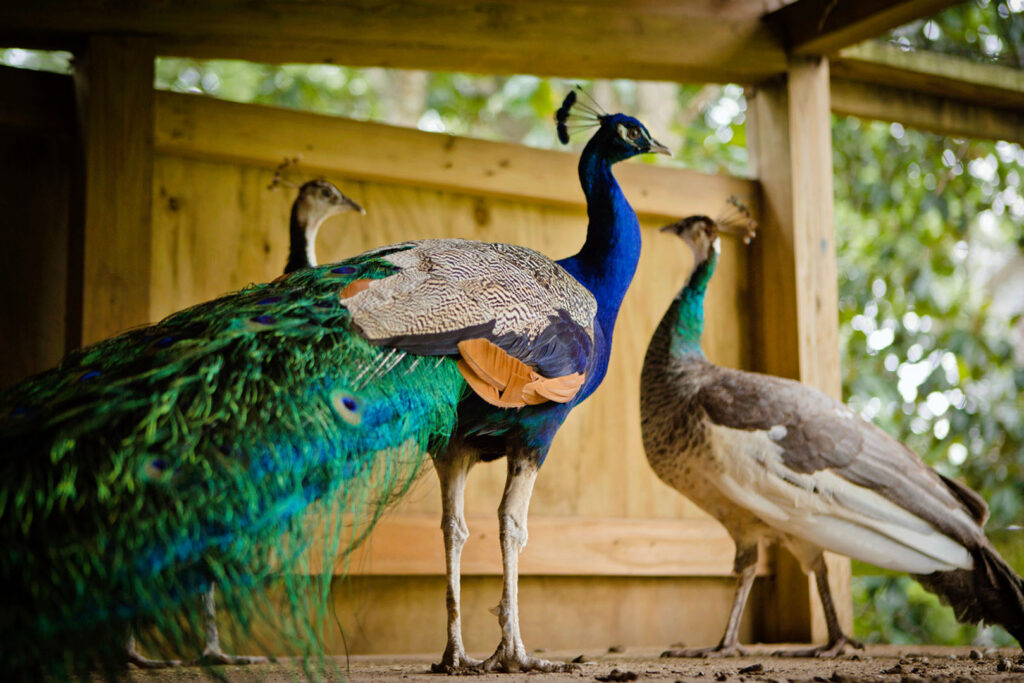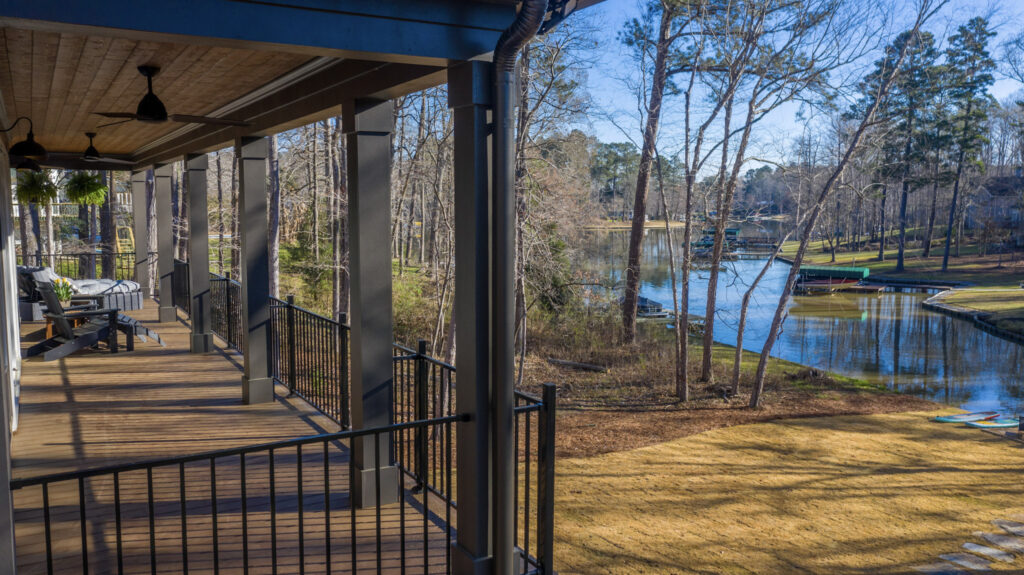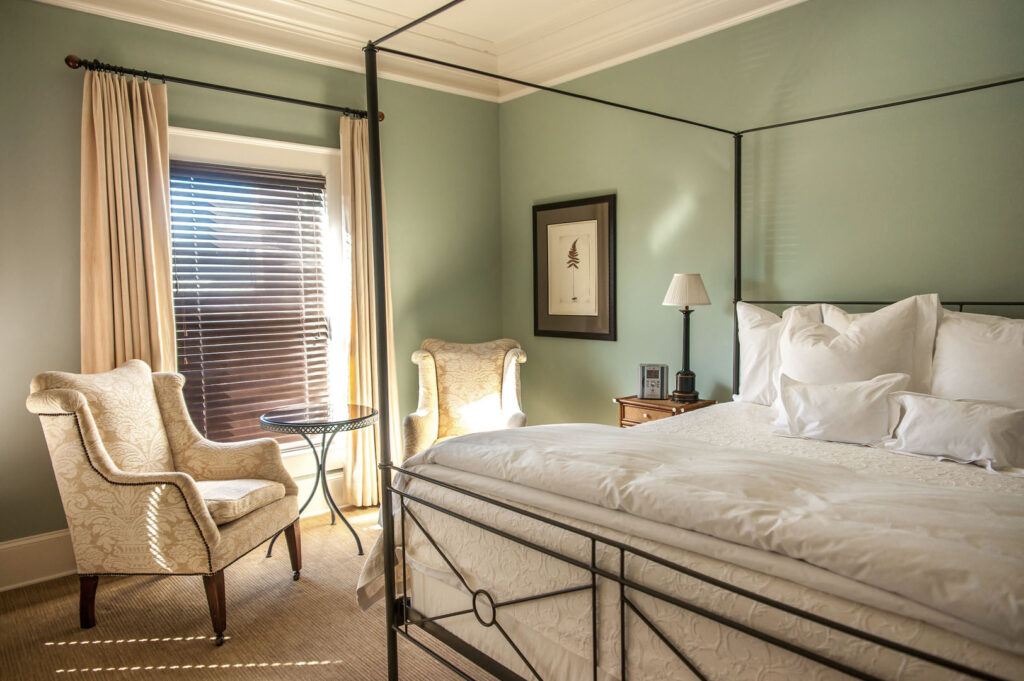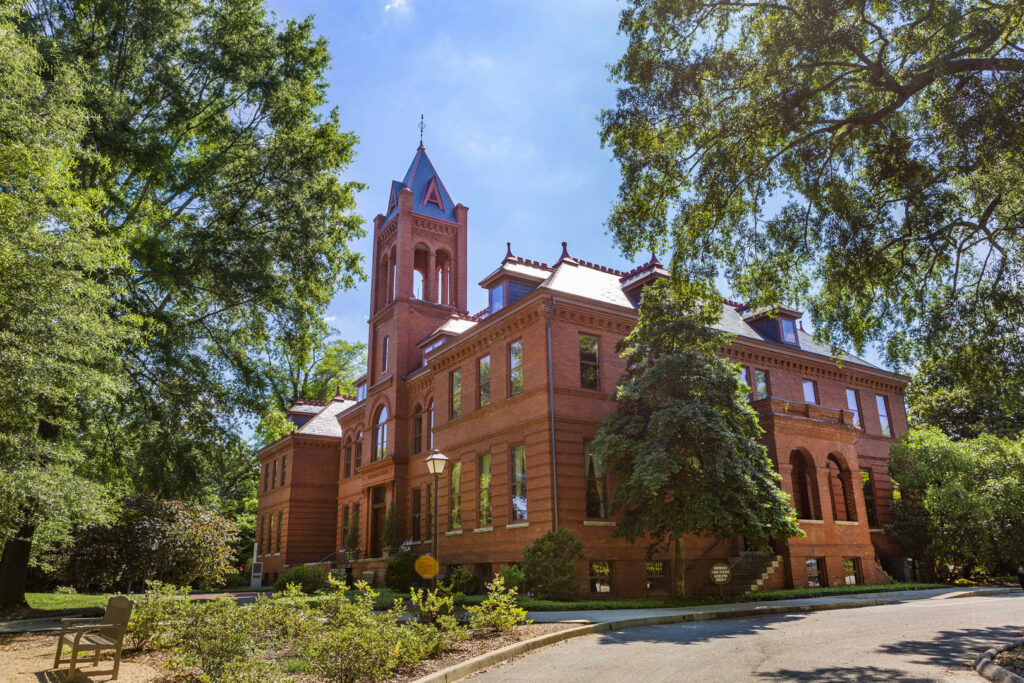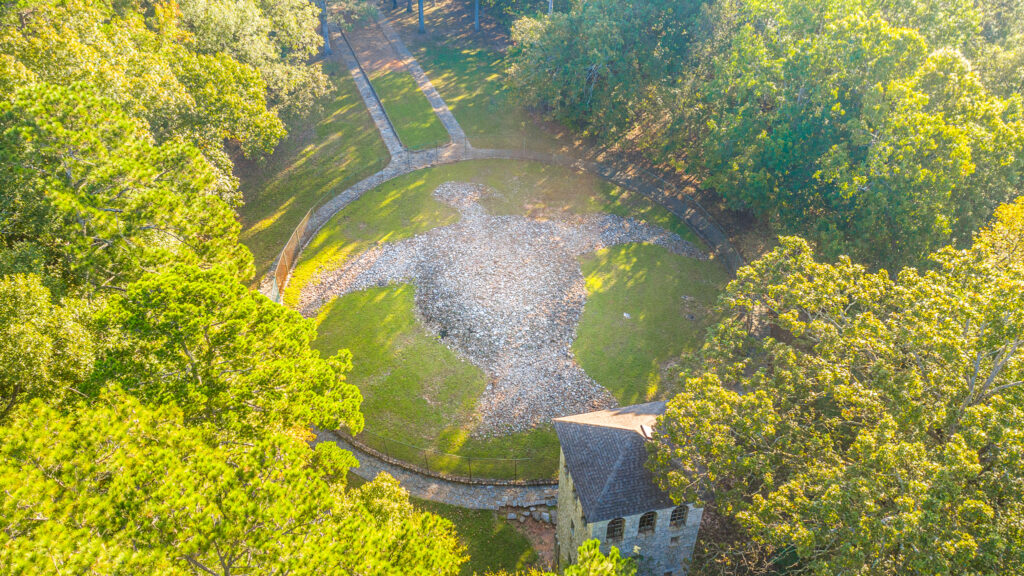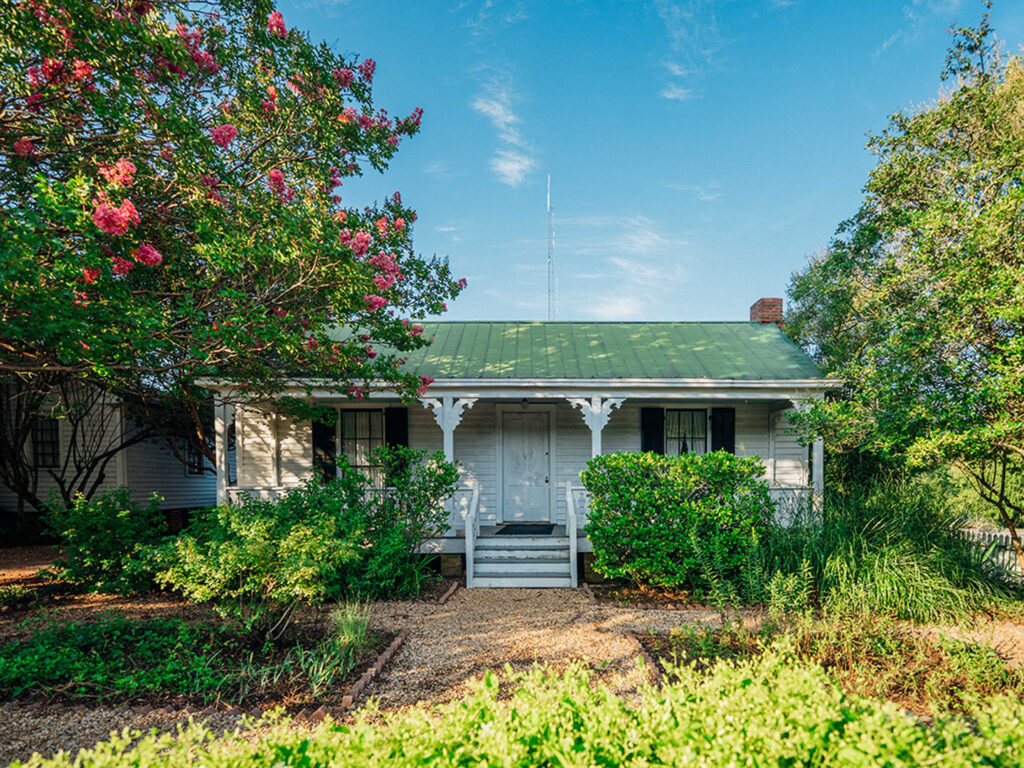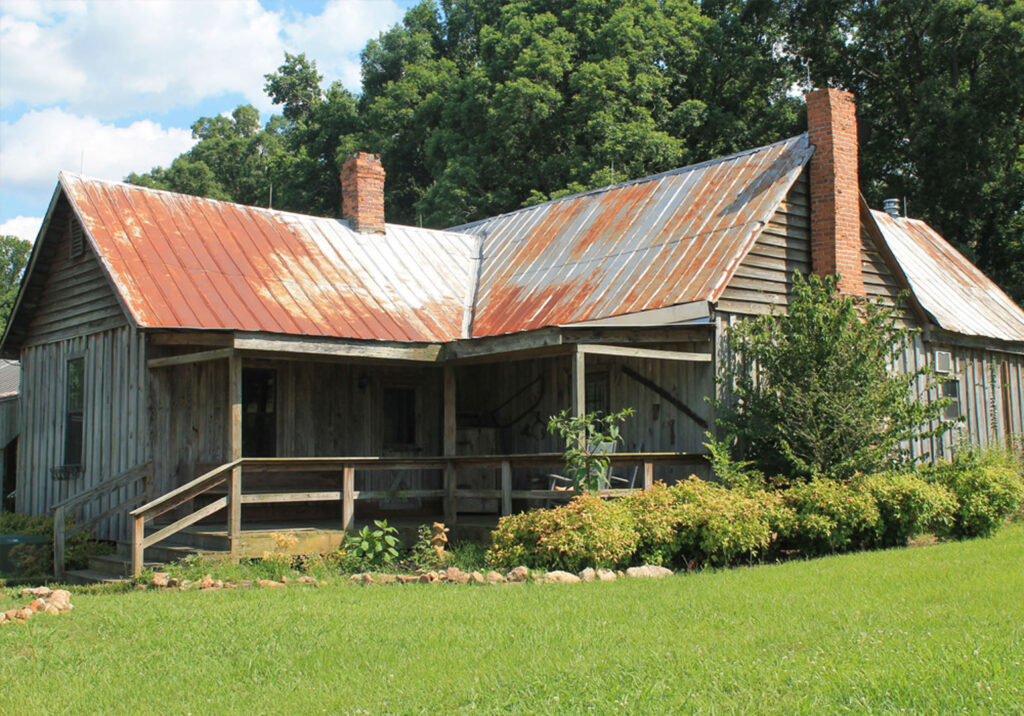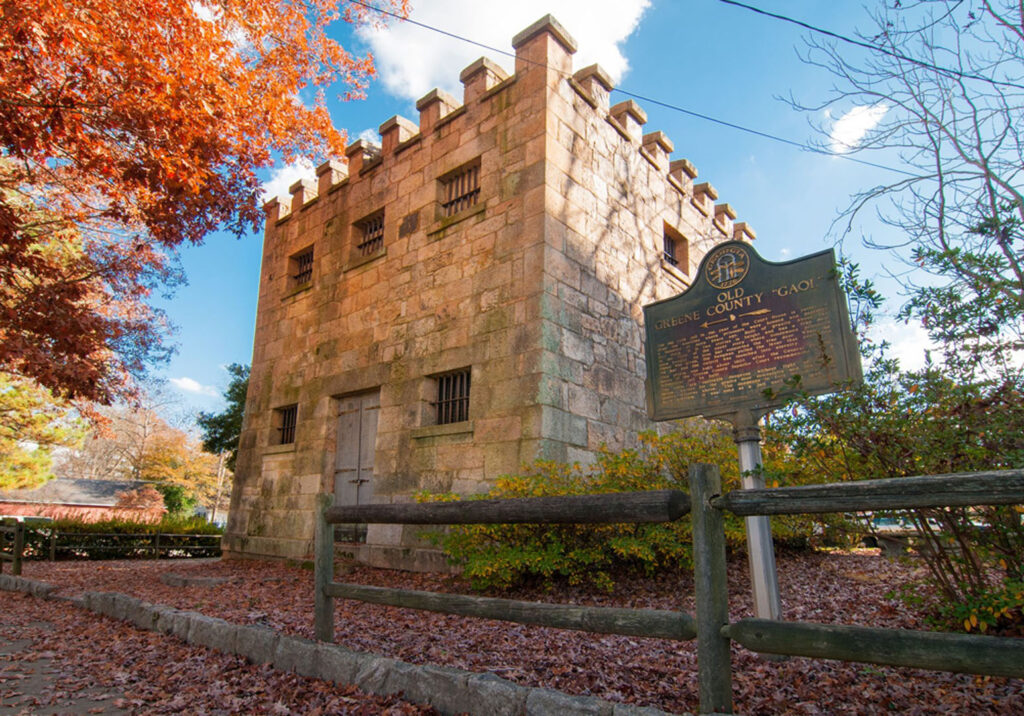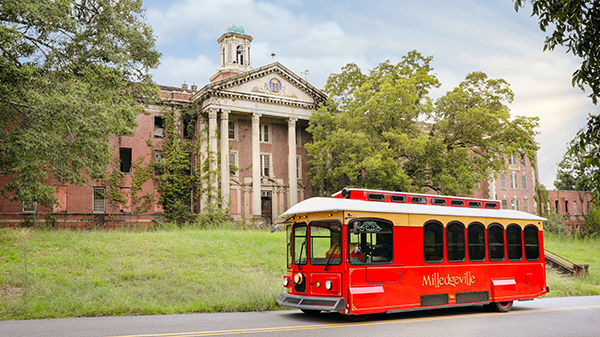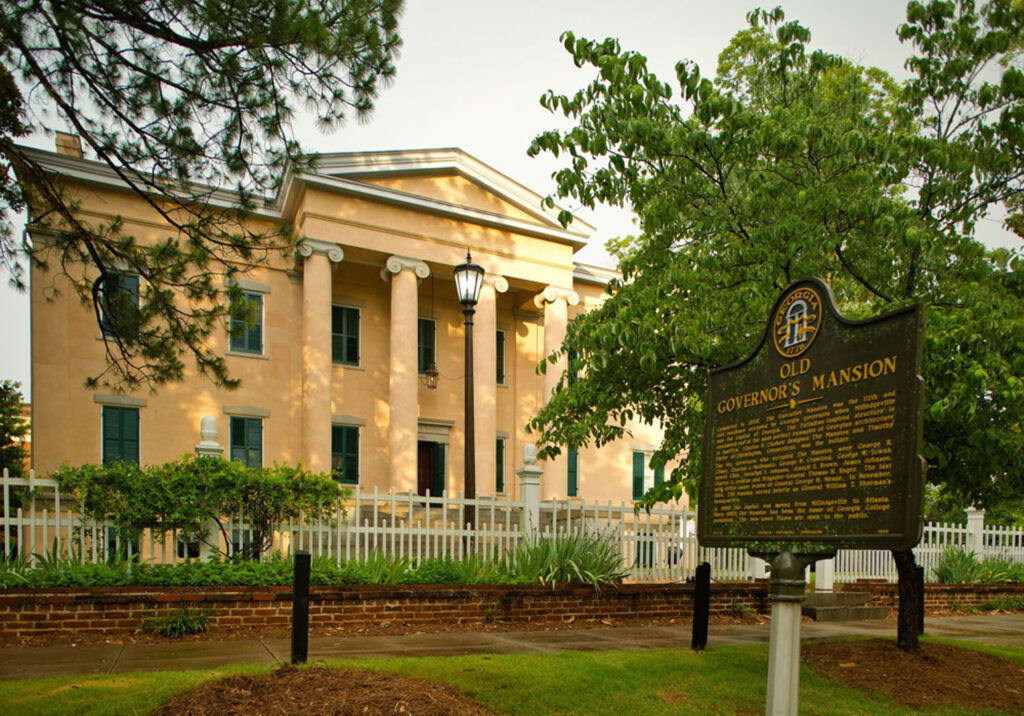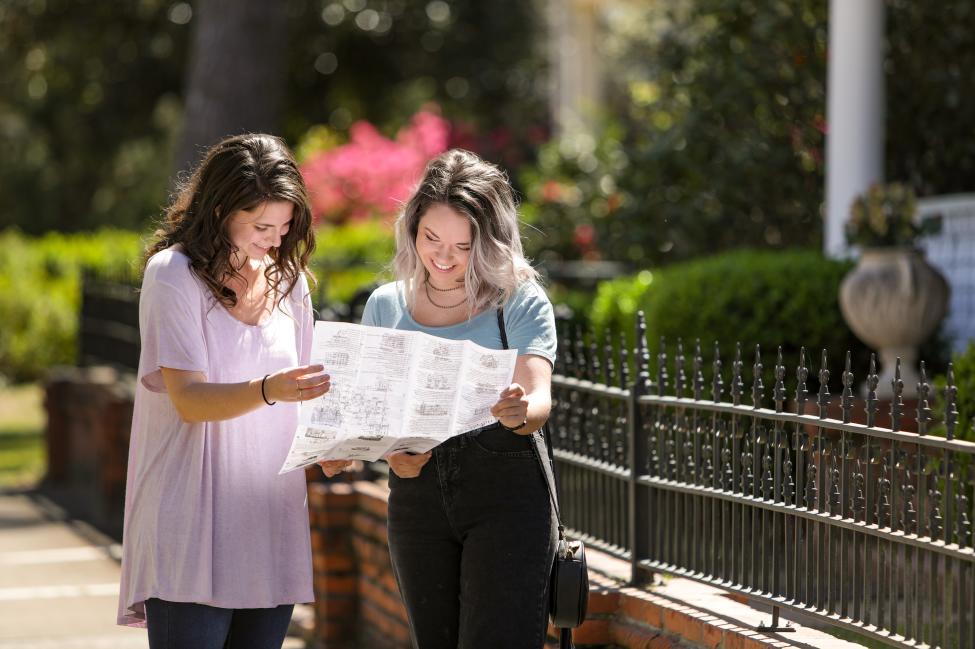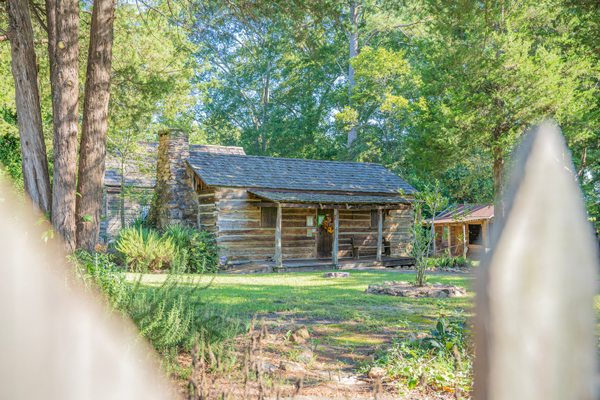Things To Do
Historic Sites
Travel back in time and explore the founding of our historic towns, the figures that helped shape Georgia’s history, and the stunning architectural features spanning more than 2,000 years.
Travel back in time and explore the founding of our historic towns, the figures that helped shape Georgia’s history, and the stunning architectural features spanning more than 2,000 years.
- Home
- ▸
- Things To Do
- ▸
- Historic Sites
The Greene County African American Museum is dedicated to the empowerment of and truth-telling about African American lives in Greene County, Georgia.
Dating from the 1700s, the City Cemetery has many beautiful monuments and is the burial place of pioneer settlers, noted political figures, community leaders, and eight Revolutionary War soldiers.
Built in 1811, Heritage Hall stands as a testament to life in the 19th century. This historic house museum offers a chance for visitors to step back in time and learn how Madison’s wealthiest citizens lived before the Civil War.
Created in 1954 by artist Abbott Pattison, this infamous 12-foot-tall abstract iron sculpture was originally placed in front of Reed Hall on the University of Georgia campus.
Take a self-guided walking tour of the historic district. The tour starts at the visitor center, where you can pick up a brochure to take you around Madison and learn the history of the beautiful historic homes.
The Center presents high-quality programming and educational opportunities in the fields of visual and performing arts, history, and other humanities through a variety of exhibits and special programming.
Located in the heart of Madison’s historic district, Morgan County African-American Museum’s mission is to research, collect, educate, and preserve the history and art of Madison’s African American culture.
The Rock Eagle and Rock Hawk Effigies, built approximately 2,000 years ago by Native Americans, are the only effigies of this kind east of the Mississippi River. Free to the viewing public, the rock monuments are made up of milky quartz rocks and are in the shapes of birds.
This home has been at the heart of downtown since nearly the founding of Madison and lives on today as Madison’s oldest house museum. Built circa 1809, the Piedmont Plain home showcases the standard for middle-class houses of the era. Despite the location never changing the house was used for a variety of purposes over the nearly two centuries it was held in private ownership. From 1809-1992, the house passed through 17 different owners and those homeowners changed it to fit whatever needs they thought best, from boarding house to antiques store and even a dentist’s office. In 1992, Morgan County bought the property in a bid to protect this historic landmark.
Born into slavery in 1864, little is recorded of Ms. Adeline Rose before she began construction on her cottage in 1891. A widow with two children, Ms. Rose earned her living by taking in laundry and ironing at 50 cents a load. A pioneer of her time, Adeline Rose built a successful business despite the racial and gender barriers she faced. When Adeline Rose died in 1959 at the age of 95, the resident of Madison knew the importance of preserving this house that was a labor of love. In 1996, the City of Madison moved Rose Cottage to its present location in downtown Madison for preservation purposes.
Alice Walker, author of the award-winning novel “The Color Purple,” was born in Eatonton on February 9, 1944. Eatonton celebrates the author with the Alice Walker Driving Tour that takes you past several important places in Walker’s life.
Completed in 1807, The Old Gaol is believed to be the oldest existing jail structure in the state. With its castellated roof-line and sloping stone walls, the building has remained unchanged for over 200 years.
Andalusia served as the home of famed American author Flannery O’Connor from 1951-1964. During the 13 years she lived there, she completed the bulk of her literary work. Her home is now open for tours Tuesday thru Saturday.
Founded in 1842, the Central State Hospital was once the largest mental institution in the world with over 12,000 patients on 2,000 acres of land. Take a self-guided driving tour through the hospital’s campus and learn about it’s fascinating history. For those interested in exploring more of the complex story of the former Central State Hospital campus, a guided trolley tour is your perfect chance. Tours are offered monthly.
Eatonton’s historic district features over 100 high style examples of Greek revival, Queen Anne, Folk Victorian and Gothic Revival homes as well as many historic commercial buildings. Visitors will step back in time as they enter the Old School History Museum, located in The Plaza Arts Center an original 1916 Eatonton School. The museum is able to feature four different, yet historically relevant exhibits for tourists to enjoy.
Completed in 1839, Georgia’s Old Governor’s Mansion is one of the finest examples of High Greek Revival architecture in the nation. The Mansion is open for public tours Tuesday thru Saturday, 10-4 and Sunday, 2-4 with tours every hour.
On Milledgeville’s famous self-guided walking tour you will be immersed in the beautiful architecture of over 40 of our Antebellum homes and history-filled stories. Brochures are available at the Visitor’s Center.
The Uncle Remus Museum strives to educate visitors about the life and work of Joel Chandler Harris using historic storytelling, period artifacts, dioramas of the more famous Uncle Remus character, local history during Harris’ formative years, and informative tours.
